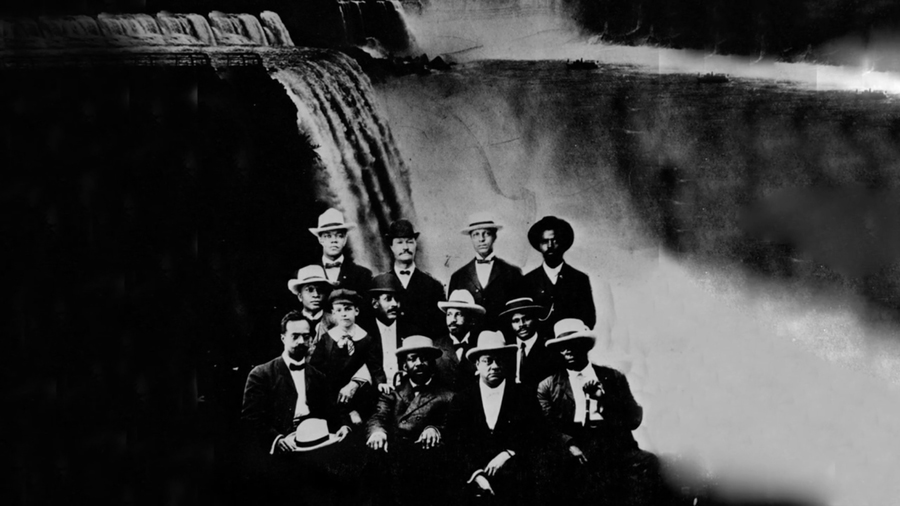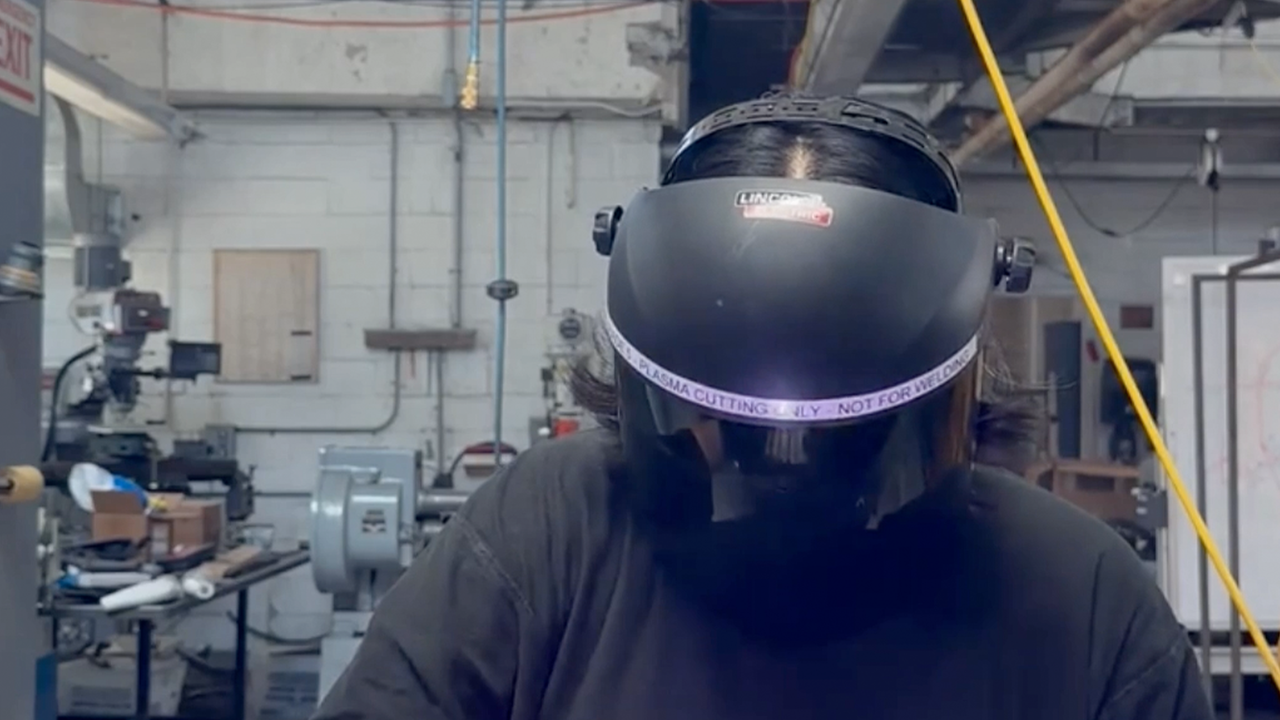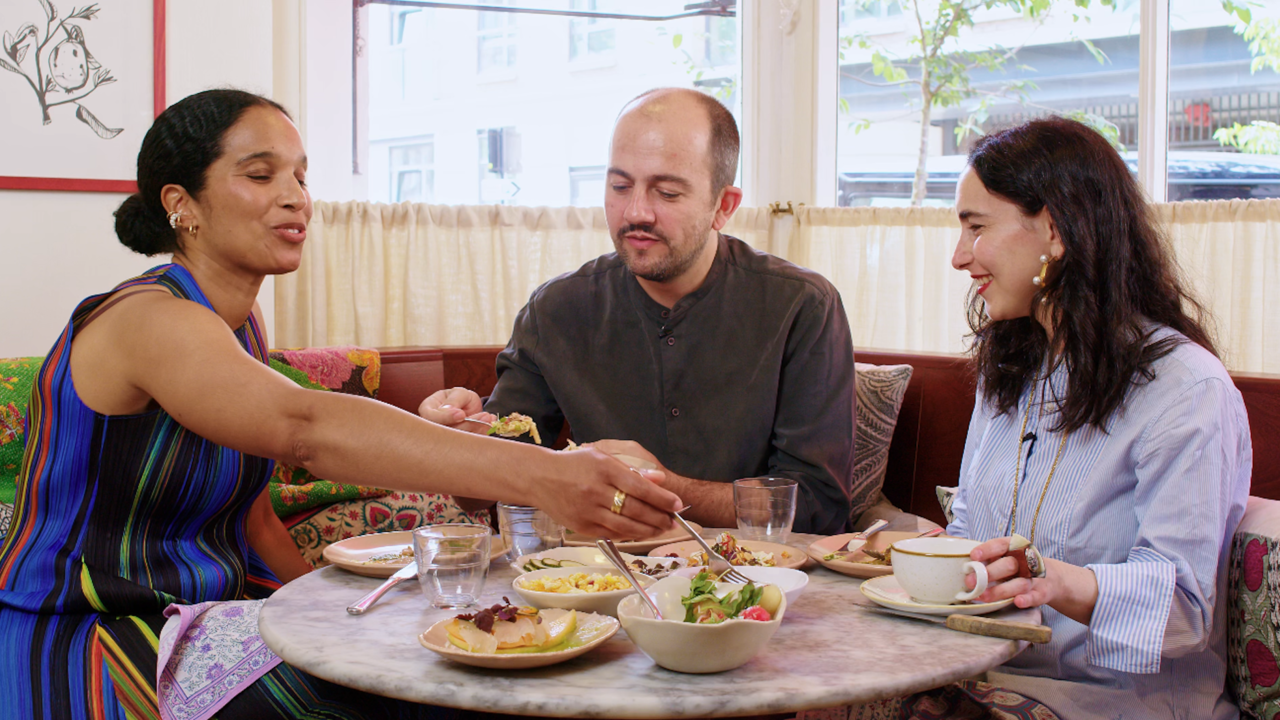As Brilliant as the Sun
Jace Clayton interviews Arthur Jafa about the politics of filmmaking, ‘black sites’ and learning how to surprise himself
Jace Clayton interviews Arthur Jafa about the politics of filmmaking, ‘black sites’ and learning how to surprise himself

In her essay ‘The Carrier Bag Theory of Fiction’ (1986), Ursula K. Le Guin writes that humanity is absent from the hero tale. For her, the ‘ fundamentally unheroic’ novel is a form better suited to holding people and things in relation to each other; in it, irreducibly plural people are engaged in the unheroic work of sustaining life while not backing away from its contradictions. Le Guin reminds us of the relationship between patriarchy and narrative form, ribbing Stanley Kubrick’s 2001: A Space Odyssey (1968) along the way.
Artist and cinematographer Arthur Jafa has worked with Kubrick – not to mention Spike Lee and Solange Knowles – and his oeuvre stakes similar claims for how white maleness is embedded deep within mainstream visual culture. Against that, how might a black cinema manifest itself? Does it reside in plot and how the camera frames non-white bodies, as was the case in Jafa’s breakout work as a cinematographer, Daughters of the Dust (1991), directed by Julie Dash? Or might it lie elsewhere, in the affective pop-cultural vibrations unleashed by montage, such as his monumental video Love Is the Message, the Message Is Death (2016)? This we know: Jafa understands how a sequence of images can ferry us between intimate and epic, a formal slide that is very much present in his conversation.

Jace Clayton Your recent video, Love Is the Message, the Message Is Death, has been widely acclaimed. Can you tell me how it came about?
Arthur Jafa I have an ongoing process of corralling still and moving images: I throw anything that strikes me into a file. For instance, documentation of police violence against black folks, of which we’ve hit a critical mass in the last couple of years, with more material circulating publicly. Of course, this goes back to the 1991 beating of Rodney King when, for the first time, a civilian video proved that police were treating black people with excessive force; subsequently, it’s become commonplace in the age of the camera phone. The half-life of white supremacy, patriarchy and racism is longer than my lifetime. Plenty of people thought Love Is the Message was a response to the election of Donald Trump, but these same things were happening when Barack Obama was US President.
I pulled this footage out and put it together in a couple of hours, then edited it for another three or four weeks. Shortly afterwards, I saw Kanye West on Saturday Night Live performing ‘Ultralight Beam’ [2016] – an amazing song. I laid the track down and it was kismet. You have to reverse-engineer these moments of magic, to figure out what in a mix works and play it back.
Love Is the Message wasn’t a commission: I was just going to put it on YouTube. But the director Kahlil Joseph told me not to upload it and, when he screened his video for Beyonce’s Lemonade [2016] to the gallerist Gavin Brown, he prefaced it with Love Is the Message. Gavin was rocked by it and he tracked me down.
JC Were you thinking about a particular audience?
AJ I make work that addresses black people. Some people find that statement troubling: they think I’m saying I don’t make work for white people, but it’s not the same thing. I’m speaking to black people and everybody else gets to listen in. By and large, our society is dominated by the positions and opinions of white people. If you go to see a movie, for instance, almost invariably it comes from the perspective of a white male subject. So, all the non-men and non-white folks who have to listen to this shit have developed an empathetic muscle which they use to project themselves into someone else’s subject position, to try and feel some of what they feel and perhaps understand how their world is structured. That muscle is profoundly underdeveloped in white men, so speaking to them specifically is not necessarily productive. It’s a position I share with Kerry James Marshall: a rejection of the implication that black-specific work cannot be universal. Culturally speaking, it’s a fundamental counter-assumption that a figure can be black and still represent all of humankind, or all men or all women.
JC What did the video accomplish by circulating in the art world that it couldn’t have achieved if you had just put it on YouTube or WorldStarHipHop?
AJ I got paid.

JC As a black DJ, I can’t circulate many of my mixes on Spotify because they’re bootleg. But you managed to pull together what is essentially an audio-visual mixtape, which you’ve screened at several museums.
AJ It’s not an audio-visual mixtape, it’s an audio-video mixtape. Nam June Paik once said that the culture which will survive in the future is the one you can carry around in your head. Black culture is a profound demonstration of that, because we’re strong, traditionally speaking, in the space of what I call immaterial invention, or immaterial expressivity. We came from Africa, where there are 1,000-year-old traditions of material expressivity – sculpture, architecture, etc. But, in the US, we’ve been defined by the Middle Passage. On a slave ship, all you can take with you is song or rhetoric. You can’t take a sculpture or a building with you on a chain gang or to prison. So, that tradition of immaterial expressivity continues. A mix is a perfect example of this because it involves taking pre-existing material and creating new relationships through proximity. It also raises the question of ethnic proximity – another kind of ‘mix’ – that goes back to being on a slave ship, being chained next to somebody who you may or may not know. It embodies the complex process through which we have come, ontologically, into being. We were brought here as Africans; we only became black sometime after we arrived. I’m obsessed with that point of permutation.
A mix is also a continuation of those great 20th-century inventions: collage and assemblage. The degree to which these media jive with certain rules and protocols around proprietary of property is a separate issue. Whether a specific work operates inside intellectual property law and rule of the commons is a legitimate discussion, but not one that controls people’s cretive impulses. You could have the exact same records that Larry Levan spun at Paradise Garage in New York in the 1970s and ’80s yet not be able to make anything out of them.
JC As well as the found footage you’ve mentioned, Love Is the Message features a recurring image of the sun. It’s the only element that doesn’t appear to have been recorded by a conventional camera and seems to be either a computer animation or filmed using a scientific lens – a layer of data and technology. There’s an interesting tension between your work as a cinematographer and where that sun appears to be pointing.
AJ A high percentage of the film is not found footage. there are iconic moments that I shot myself: the kid landing on his back in slow motion is my son; the wedding is my daughter’s; the older woman dancing at that wedding is my mother. having said that, the sun is the appropriate scale at which to consider what’s going on. It’s fundamentally an assertion that black people’s lives should be seen on a cosmological level. I’m frustrated when people talk about the video narrowly in terms of Black Lives Matter. I can’t deny that relationship, but it’s also related to rapture, to redemption, to Gian Lorenzo Bernini’s Ecstasy of Saint Teresa [1647–52]. I see black people’s lives in epic, mythic terms. And, on a simpler level, I want you to look up at these things that are happening to black people, not down – the way you would stare at the sun.
JC Yes, to look up and telescope in. I’m interested in what you’ve said about cutting and pasting, especially in relation to my work as a DJ and to where I locate montage and collage – beginning with Hannah Höch and the Berlin dada movement as a very political formulation, and continuing with Public Enemy who apply the technique to popular music as a form of critique. In 2017, with Instagram and Snapchat, these cut-and-paste processes have become very simple digital functions on corporate platforms, which makes them seem less revolutionary, but work like yours re-engages that fundamental, vibrant possibility.
AJ As black people, we are the ill sons, the illegitimate progeny, in the West. My documentary Dreams Are Colder than Death [2013] asserts the thesis that black Americans are, in fact, the product of old calcified power structures in Africa. In some cases, the slave trade was initiated by the ruling class in Africa to disperse enemy populations. That’s a startling formulation. We’re not descended from kings and queens but from the working class, and a lot of things happened as a consequence of that. For instance, in its native African context, music had been completely tethered to power, the way that painting in Europe was completely tethered to the church and aristocracy, to the patronage system. Music in the African context is largely like that: the griots sing the stories of the ancient kings and queens. When poor Africans were enslaved and brought to the Americas, music was untethered from that class structure and those narratives.
As for the idea that collage is a new way to make a painting – or assemblage a sculpture, or mixing a song – we, black people, are a new way to make a painting, a sculpture, a song. We are an aesthetic freed from geography. We created culture without land. And that’s why those processes became so appealing; they enabled our immaterial expressivity. Of course, in the latter part of the 20th century, as black people gained rights and more access to resources, they started entering spaces of material production that had excluded them. A lot of interesting work has come from that – although I’m not interested in, say, black opera; I’m interested in a black display of black excellence. I’m more interested in white displays of black aesthetics than I am in black displays of white aesthetics.

JC What would be an example of a white display of black aesthetics?
AJ In fine art, the two great examples would probably be Jackson Pollock and Pablo Picasso.
JC Pollock, yes! Do you think notions of black virtuosity and the gifted individual can be at odds with those of collective genius or collective struggle?
AJ There’s definitely a tension. One of the many things Fred Moten said that had an impact on me is that we normally think of jazz as a tension between a group and an individual: when the individual begins a solo, the group fades into the background. He argued that a better way to understand the individual is as an emanation of the group. Whenever there’s a sun in my work, I’m thinking about that: you see the sun blazing; then, all of a sudden, a flare reaches out and you recognize it as a single entity. Afterwards, it’s just absorbed back into the body of the sun; it’s an emanation. In hip hop, nobody’s individual genius is in opposition to the group dynamic – otherwise it wouldn’t work. How many tracks can you find now with just one MC? They’ve disappeared like the dodo. That tension between the ego and the group is what’s productive because we cannot totally sacrifice our egos in order to work together: we need them to survive in this antagonistic environment.
JC One of the meta-narratives of 20th-century black music was its transition from religious to secular: forms of participation, access and patronage all changed. The fact that hip hop could be produced on a laptop computer exploded the church’s hold over musical production and reception. Black cinema was dealing with a very different paradigm, however. How has that changed, infrastructurally?
AJ Well, infrastructure’s always important, because it’s impossible to do most of this by yourself. Traditionally, the church was the only institutional structure that black people had access to, but it didn’t nurture black pictorial culture, that materialization of visuality. Now, black artists are showing work in institutions, but that doesn’t necessarily mean black people will see it. Initially, the Serpentine Galleries in London wanted Love Is the Message to be included in my exhibition there, but I didn’t think the space was appropriate. I hadn’t made it with the intention of showing it in an art context. I suggested we screen it in a tent on an empty lot, like the kind you see in the US – especially in the South where I grew up. I wanted it to be shown on the very edges of the city and nomadically move around during the course of the show, from one housing estate to another. We designed the tent and found a fabricator but we couldn’t successfully navigate the political and municipal structures to secure a location. Just before the show closed, we were approached by the Vinyl factory. We walked around the space and, when we got to the roof, I was like: ‘I’ve got a tent: let’s put this shit on the roof!’

JC Last week, the artistic director of the Serpentine Galleries, Hans Ulrich Obrist, told me that your efforts to distribute the exhibition over multiple sites had changed the way the institution thinks. He said: ‘AJ brought lasting change to our logic patterns,’ which is a huge compliment.
AJ I didn’t want to put all my work in an institutional space, as if to suggest that only now is it good or legitimate and worthy of attention. People think you’re making some great leap operating freely without all these interdictions between high and low, legitimate and illegitimate, good and bad, but I don’t care about that. I wanted to use ‘black sites’ – sites where people are operating outside of the regulations – so that black people can see my work. It’s not genius to go against protocol.
JC To be able to work in that space while thinking critically about it, and still supporting yourself and your audience, is genius.
AJ I just make the works I want to make in the way I want to make them. I also want to surprise myself. I’m trying to get out of the slipstream of all the things that I didn’t actualize for the last 30 years and get to some new shit.
Main image: Arthur Jafa, Love Is the Message, the Message Is Death, (detail) 2016, video still. Courtesy: the artist and Gavin Brown's enterprise, New York / Rome























